Search Images
Browse Content (p. 1626)
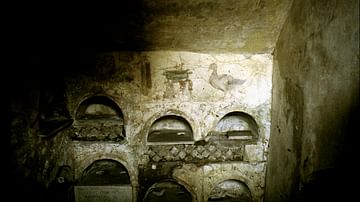
Image
Fresco of Duck and Tripod, Columbarium 3, Vigna Codini
This fresco is on the first landing of the columbarium discovered in 1852 CE at the Vigna Codini, on the strip of land between Via Latina and Via Appia. The fresco has crumbled from the wall, revealing the first-century CE opus reticulatum...
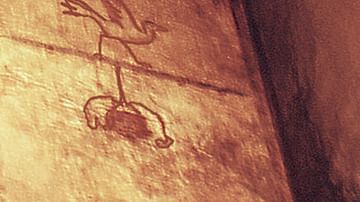
Image
Fresco of Bird and Dangling Grotesque Mask, Columbarium Vigna Codini 3
High up on the wall almost lost in the shadows above a loculus of this columbarium one can just make out the outlines of a bird walking on a flowered garland from which hangs a grotesque mask. The columbarium was excavated in 1852 CE. The...

Image
Danube River
Danube River delta in Romania.
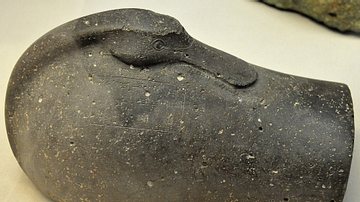
Image
Duck Stone Weight from Nimrud
This stone weight, which weighs 30 minas (about 15 kilograms) was found in the north-west palace at Nimrud (ancient Kalhu), northern Mesopotamia, Iraq. It had been deposited there as booty. Babylonian, reign of Eriba-Marduk, circa 770 BCE...
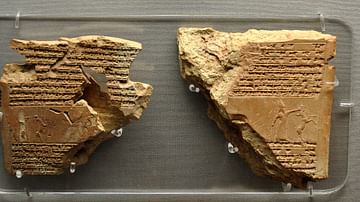
Image
Confirmation of a Grant by Shamsh Shum Ukin
In this clay tablet, Shamash-shum-ukin confirms a grant which was previously made by Ashur-nadin-shumi. The royal seal on this clay tablet is not an original impression, but a man-modelled copy. It depicts the Babylonia king fighting a oryx...
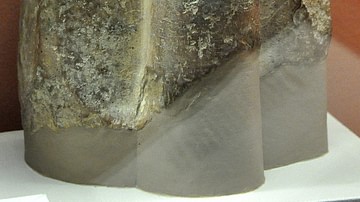
Image
Shamash-Shum-Ukin Monument
This monument depicts Shamash-shum-ukin as a basket bearer. He was the Assyrian king of Babylon from 668-648 BCE, and was the second son of Esarhaddon. Shamash-shum-ukin was killed after an unsuccessful rebellion against Ashurbanipal, his...
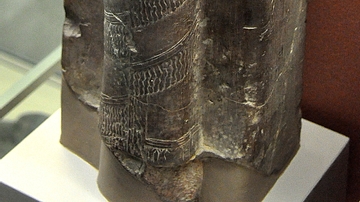
Image
Stela of Ashurbanipal
The Assyrian king Ashurbanipal carries a large basket of earth on his head. From Borsippa (modern-day Birs Nimrud, Babel Governorate, Iraq), Mesopotamia. Neo-Assyrian period, circa 668-655 BCE. (The British Museum, London).

Image
Amarna Letter from Burna-Buriash II to Amenhotep III
This is one of the Amarna letters. In this clay tablet, the Kassite king Burna-Buriash II (in Babylon, Mesopotamia) corresponds with the Egyptian pharaoh Amenhotep III, asking him to send more gold. Most of the Amarna letters were written...
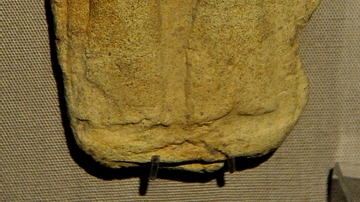
Image
Man & Woman Plaque, Ur
In this clay plaque, an affectionate couple is depicted (domestic scene?). The man and the woman are looking at and holding each other. From Ur, southern Mesopotamia, modern-day Iraq. Old-Babylonian period, 2000-1600 BCE. (The British Museum...
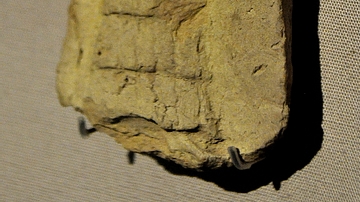
Image
Lama
This clay plaque depicts the goddess Lama. Her hands are raised in meditation. People prayed to Lama for their personal protection. Lama always wears a long tiered-skirt. From Ur, southern Mesopotamia, modern-day Iraq. Old-Babylonian period...